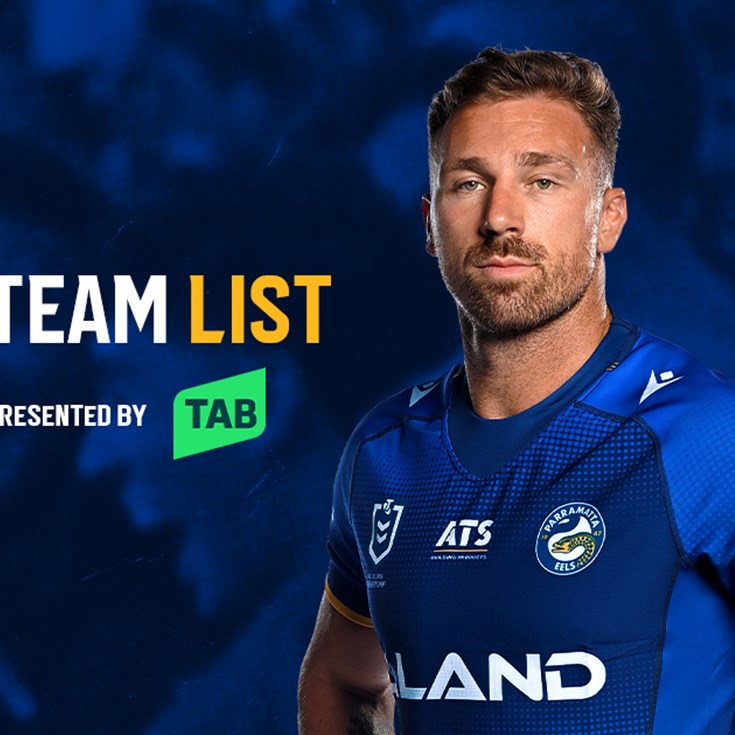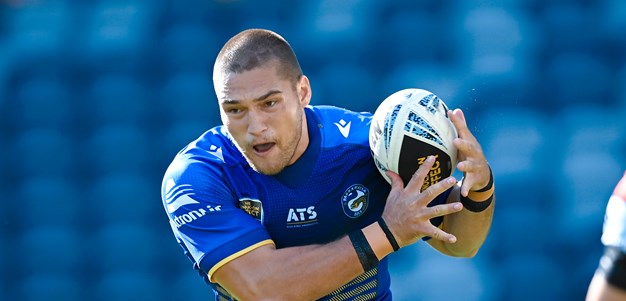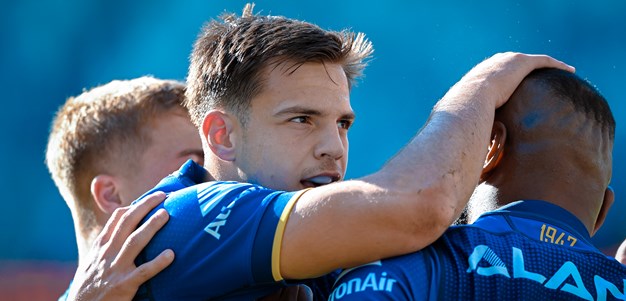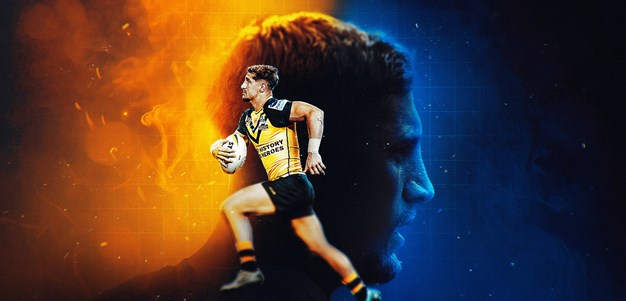

Each week NEIL CADIGAN will look back on some of the most eventful games and most famous names in the club’s 70-year history and bring them back to life. This week he looks at the first rugby league superstar to be involved with the club, Vic Hey.
Parramatta were blessed to have former Australian captain-coach and 15-year first grader Frank ‘Skinny’ McMillan as inaugural coach in 1947.
Yet it was his replacement, also a local boy who made his name with Western Suburbs which then presided over the Parramatta district, Vic Hey, who put the club in the map to a large degree during his six-season stint as coach.
To put into perspective, Hey was a Wally Lewis-like figure in rugby league at the time.
He played for Australia in his debut season for the Magpies in 1933 after coming through the Guildford and Fairfield clubs. The strongly-built five-eighth or centre was coined the ‘Human Bullet’ by the English press after he moved to the UK in 1937 where he became the highest paid player in the game and set a new transfer fee record (he had been playing for Ipswich in Queensland) at age 25.
He had played six Tests for Australia, six times for NSW and four times for Queensland in his four seasons before he could not resist the financial temptations of the richer English game. He became a footballing God with the Leeds club in his seven seasons there before switching to Dewsbury as player-coach (three seasons) and was regarded as the world’s best No. 6 during a period interrupted by World War II.
Hey was attracted by the lure of returning to his home club as captain-coach in their second season. Due to a problem knee and ongoing groin muscle issue, he played only eight games in 1948 and the first two of ‘49 before deciding to retire as a player at age 36. But such an influence was he on his young team, the players begged him to serve out the season on the field even though he was severely hampered.
He did not relent, an instead remained for five more seasons as coach and, during that period, became the club’s first Australian coach, in charge of the Kangaroos from 1950-55 including the victorious 1951 Ashes series in Australia.
Hey’s impact was certainly not immediate as he mentored the many locals lads of ’47 and newcomers like Newcastle fullback-turned-centre Ian Johnston, lanky second-rower from Parramatta rugby union Bruce Mann and Jack Hayward, a halfback who is still spoken about as among the club’s best ever.
The Parramatta side did not win any of their first 12 matches (they had one draw). However, they won five of their last seven, losing only to eventual premiers Wests 15-13 and grand finalists Balmain 26-5, in Parramatta’s first match-of-the-round appearance at the Sydney Cricket Ground.
That historic appearance, however, led to Hey’s realisation his time as a player had run out. He was driven into the rock-hard turf on the cricket pitch square and injured his shoulder, adding to his previous complaints. It never fully recovered.
After the second game of 1949, Hey decided he would retire from leading the side onto the field. “It was against Norths and there were about 25,000 there,” he told me when I interviewed Hey in 1986.
“Norths second-rower called Kirkwood drove the shoulder into me and put me down. He said to me ‘it’s about time you gave it away baldy’ and I thought he was probably right.
“I went back to Parramatta to put something back into the game in my own area and there were plenty of talented young lads there. They were always willing to listen. And there was marked improvement during the season.”
In ‘49, Hey almost led the club to the finals appearance in their third season, with a team that included key newcomers Mitchell Wallace, a pacey winger from Balmain, and Bob Hobbs, a goalkicking second-rower from Canterbury who had returned from a season with Cootamundra to join the police force.
The week after he stepped down to become non-playing coach, the team beat Balmain 20-6 at Cumberland and were unbeaten at home all year. Incredibly, they drew their last three games (and one more earlier) to miss the top four by two competition points. It led them to be tagged ‘The Hey-makers’.
Season ‘49 season produced the club’s first representative players. Mann, Nev Spence and Johnston were chosen for Sydney Seconds against Country and Johnston went on to play for NSW then Australian team that toured tour New Zealand, becoming Parramatta’s first international.
Johnston put his success down to Hey’s influence.
“I put on an extra five yards in pace that season and that was enough to make the difference between getting clear and getting caught,” Johnston recalled years later. “He was a great coach Vic Hey and I owe much to him, particularly that I was the club’s first international. He turned me from a club footballer to an international in 12 months.”
Hey remembers well the improvement in Johnston.
“Johnston was good a kicker as anyone but often he would kick over the top of a defender and try to regain. “I told ‘Johnno’ you can step off your right and left foot, give the kick away and try to step the man. Too much is left to chance in getting the ball back when you kick.
“I’ll never forget the day at the SCG against Souths. Johnno broke through and came to Clive Churchill who rarely missed a tackle. I thought ‘that’s the end of that movement’ when Johnno stepped inside, beat Churchill and put the ball down under the sticks.”
Parra could not keep up the momentum in 1950, finishing second last, but were again just one win away from the semi-finals in 1951. Unfortunately, they were wooden spooners in 1952 and finished seventh in 1953, Hey’s last as coach.
Vic Hey, who coached Canterbury in 1955-56 and Wests in 1958-59 (finishing second on the ladder both times), was inducted into the Australian Rugby League Hall of Fame in 2004, was one of Australia’s top 100 players announced in 2008 and is five-eighth in Western Suburbs’ team of the century.
He died in 1995 at age 82. His son Ken, also a five-eighth, played for Parramatta in 1978 after six seasons with Wests.









